It seems that since the dawn of time, people have joined together to tell stories.
Born from this tradition is the three-act story structure – a foundational narrative model widely used in storytelling, particularly in screenwriting and literature.
While the concept of a beginning, middle, and end in storytelling is ancient, the specific three-act structure we recognize today was popularized by Syd Field in his 1979 book Screenplay: The Foundations of Screenwriting.
Join us as we dive deeper into how exactly this structure works and how you can use it in your own writing.
What Is the Three-Act Structure?
The three-act structure is a classic model used in narrative fiction to divide a story into three parts (acts):
Act 1: Setup
- Exposition: Introduces the characters, setting, and basic premise.
- Inciting Incident: A pivotal event that disrupts the protagonist’s normal life and sets the story in motion.
- Plot Point 1: A major turning point that propels the story forward and commits the protagonist to a course of action.
Act 2: Confrontation
- Rising Action: The protagonist faces increasing challenges and obstacles as they pursue their goal.
- Midpoint: A turning point where the protagonist’s situation changes dramatically, often leading to a new understanding or a shift in their goals.
- Plot Point 2: A second major turning point/crisis that raises the stakes and intensifies the conflict.
Act 3: Resolution
- Pre-Climax: The tension reaches its peak as the protagonist prepares for the final confrontation.
- Climax: The central conflict is resolved, and the protagonist faces their ultimate challenge.
- Denouement: The loose ends are tied up, and the story concludes with a sense of resolution or a new beginning.
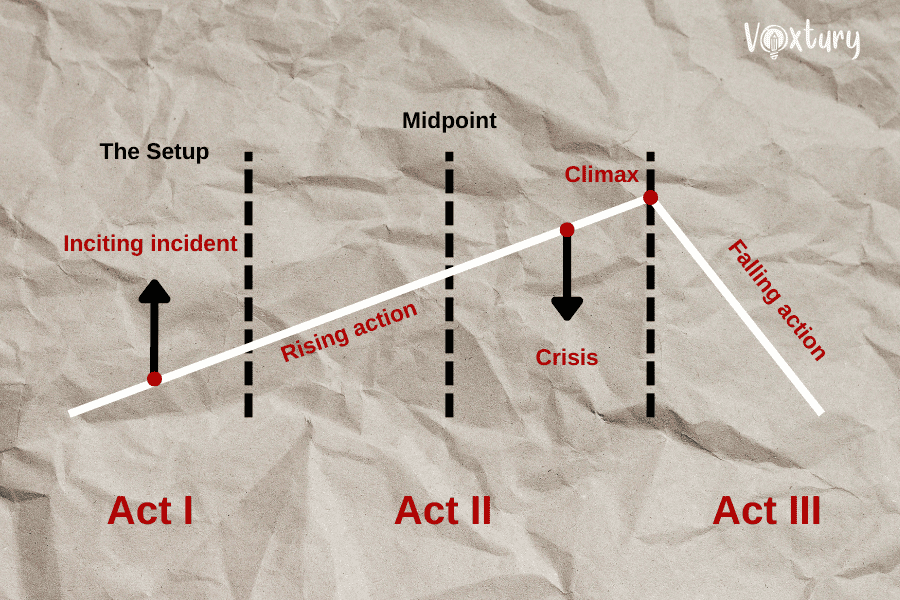
As we already mentioned, this clear and effective framework for storytelling can be successfully applied to various forms, including novels, screenplays, and plays. To this day, it’s one of the most often explored arcs, offering simplicity and a satisfying conclusion that so many readers look for in books.
Want to elevate your storytelling game?
Understanding different story structures is key. From the classic three-act structure to the Freytag’s Pyramid and The Hero’s Journey structures, each offers unique opportunities to captivate your audience.
Discover the power of these 7 popular plot structures and learn how to apply them to your own work. Read more in our latest blog post: Types of Story Structure – Exploring 7 Popular Plot Structures.
Breaking Down the Three-Act Structure
Act 1: Setup
The first act introduces the story’s world, characters, and central conflict.
Characteristics:
- Exposition: The initial part where the audience is introduced to the protagonist, setting, and basic premise.
- Inciting Incident: A pivotal event that disrupts the protagonist’s normal life and sets the story in motion.
- Plot Point 1: A major turning point that propels the story forward and commits the protagonist to a course of action.
Example: In Star Wars: A New Hope, the exposition introduces Luke Skywalker, a young farm boy, and his mundane life on Tatooine. The inciting incident occurs when R2-D2 and C-3PO crash-land on the planet while trying to deliver a message from Princess Leia. Plot Point 1 is when Luke decides to join the Rebel Alliance and leave his home planet, following the brutal deaths of his aunt and uncle.
Act 2: Confrontation
The second act is where the protagonist faces increasing challenges and obstacles as they pursue their goal.
Characteristics:
- Rising Action: A series of events that build tension and complexity in the story.
- Midpoint: A turning point where the protagonist’s situation changes dramatically, often leading to a new understanding or a shift in their goals.
- Plot Point 2: A second major turning point that raises the stakes and intensifies the conflict.
Example: In Star Wars: A New Hope, the rising action involves Luke training with Obi-Wan Kenobi and Han Solo, as well as the Rebel Alliance’s mission to rescue Princess Leia from the Death Star. The midpoint occurs when the heroes infiltrate the Death Star and learn about the Empire’s ultimate weapon. Plot Point 2 is the confrontation between Darth Vader and Obi-Wan Kenobi, and the death of the latter, which leaves lasting impact on Luke.
Act 3: Resolution
The third act is where the story reaches its climax and conclusion.
Characteristics:
- Pre-Climax: The tension reaches its peak as the protagonist prepares for the final confrontation.
- Climax: The central conflict is resolved, and the protagonist faces their ultimate challenge.
- Denouement: The loose ends are tied up, and the story concludes with a sense of resolution or a new beginning.
Example: Going along with our Star Wars example, the pre-climax involves the final battle between the Rebel Alliance and the Imperial forces. The climax is the destruction of the Death Star, which leads to a victory for the Rebel Alliance. The denouement shows the celebration of the victory and the anticipation of the future.
Master the art of storytelling
Crafting compelling stories is an art, and the three-act structure is a proven framework to captivate your audience. Voxtury’s Online Rich-Text Editor is the perfect tool to bring your storytelling vision to life.
With its intuitive interface and features, you can effortlessly structure your narrative, format dialogue, and insert vivid descriptions. Elevate your storytelling today! Use the tool online for free and experience the ease of creating captivating content with Voxtury.
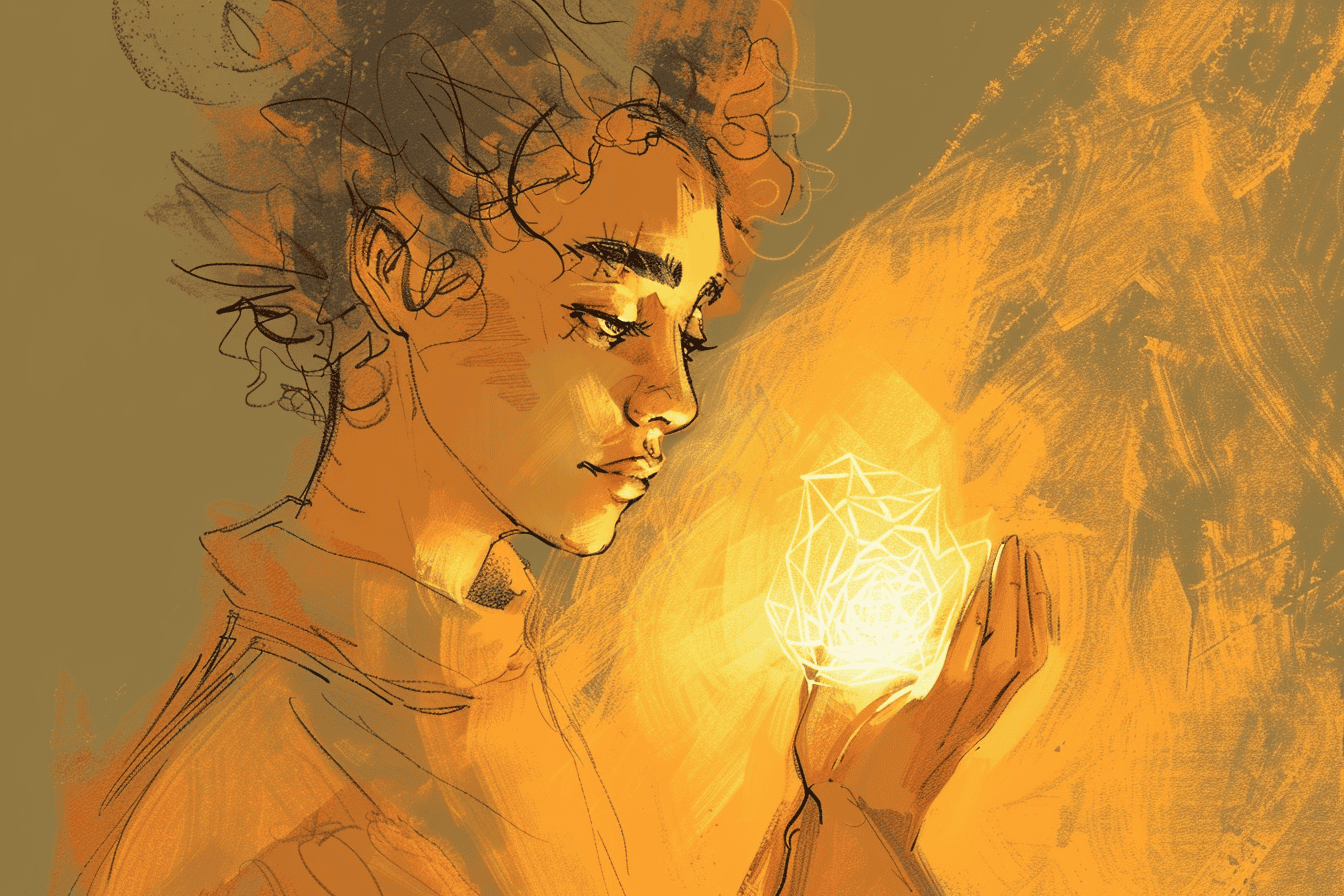
How to Use a Three-Act Structure In Your Writing
Having explained what this traditional narrative structure is and how it can be used to take the hero’s arc from beginning to end, let’s share some advice on how you can apply this tool in your own writing.
1. Plan Your Story
Anything good starts with at least a little bit of preparation. While we’re all for using your artistic freedom to express your thoughts freely as they come, when it comes to writing good, compelling stories, having a proper grasp on where this ship is going will only help your creativity.
Identify Your Core Conflict:
- What is the central problem or challenge your protagonist faces?
- What obstacles stand in their way of achieving their goal?
- What are the consequences of failure?
Develop Your Characters:
- Who are your main characters, and what are their goals and motivations?
- What are their strengths and weaknesses?
- How do they change and grow throughout the story?
Create a Strong Setting:
- Where and when does your story take place?
- How does the setting influence the characters and the plot?
- What is the atmosphere or mood of the setting?
Answer those questions before putting pen to paper to create a strong foundation for what’s to come.
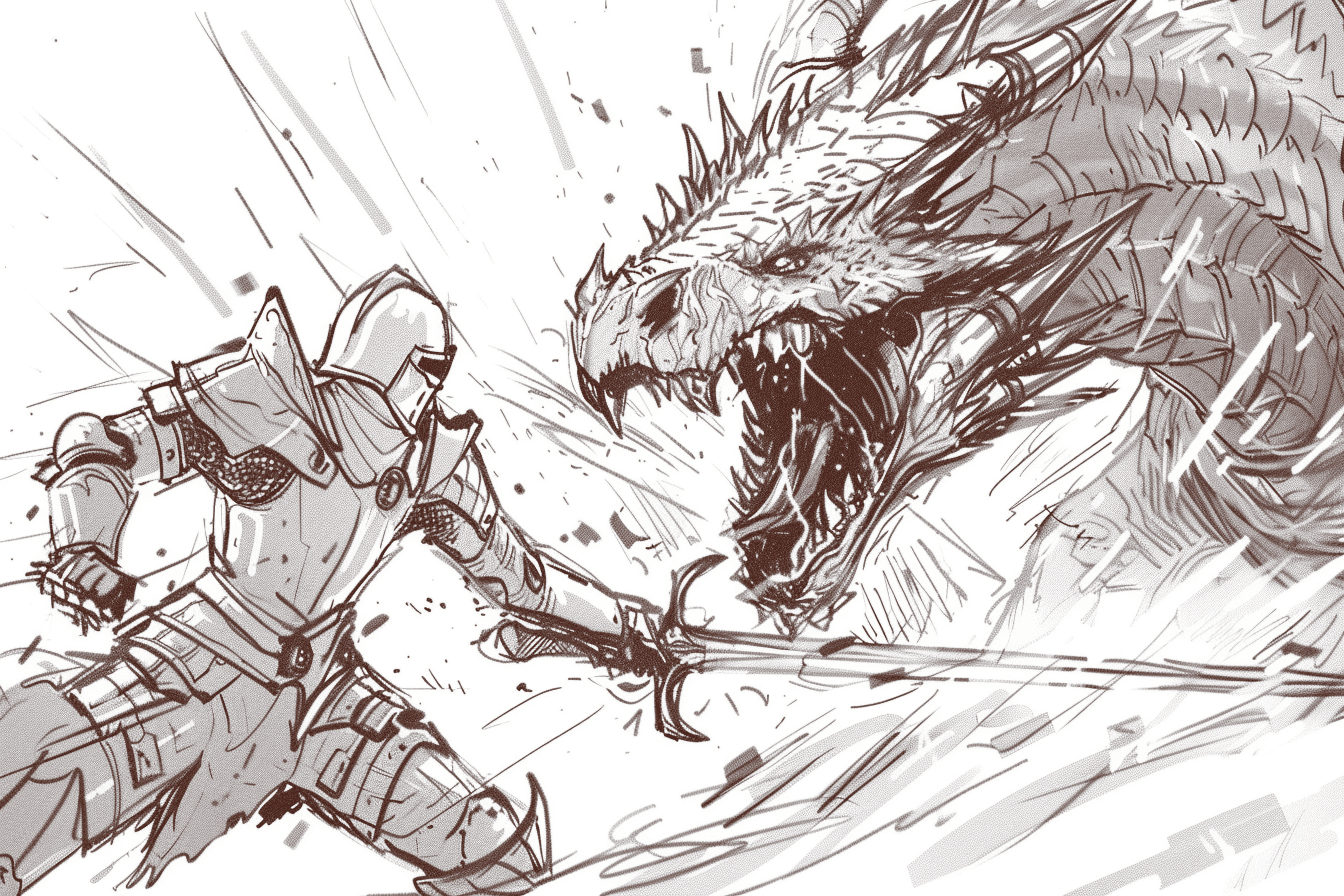
2. Structure Your Story
Now that you have the skeleton of the story, the next step is to place the narrative beats into the structure we outlined in the previous sections.
Act I
Exposition: …………….
Inciting Incident: …………….
Plot Point 1: …………….
Act II
Rising Action: …………….
Midpoint: …………….
Plot Point 2: …………….
Act III
Pre-Climax: …………….
Climax: …………….
Denouement: …………….
You can do that just like that or utilize a more visual approach with the graph we included above. The most important thing is for you to have an easy-to-understand overview of your story.
Remember
You can use the 3 act structure outline during the planning phase of your story. It’s there to help you place effective narrative beats and craft a satisfactory arc. However, it’s only there to support you. If your story doesn’t follow the traditional structure, don’t be afraid to pursue it anyway! After all, breaking with the status quo is part of the job description for writers.
3. Pacing and Tension
Pacing and tension are the two paddles without which your protagonist won’t swim very far. Pay special attention to those elements of your story.
Pacing
- Vary the pace: Alternate between slow-paced exposition and fast-paced action sequences to keep your readers engaged.
- Use pacing to build tension: A sudden shift from a slow pace to a fast pace can create a sense of urgency and excitement.
- Consider the reader’s perspective: Think about how the pacing will affect the reader’s experience.
Tension
- Raise the stakes: Make the consequences of failure significant for your characters (even if it hurts). This will create a sense of urgency and make the reader care about the outcome.
- Use cliffhangers: End a scene or chapter on a cliffhanger to leave the reader wanting more.
- Create a sense of suspense: Use foreshadowing, red herrings, and other techniques to build suspense and keep the reader guessing. Just don’t be too obvious about it. This only works when the reader gets to be surprised.
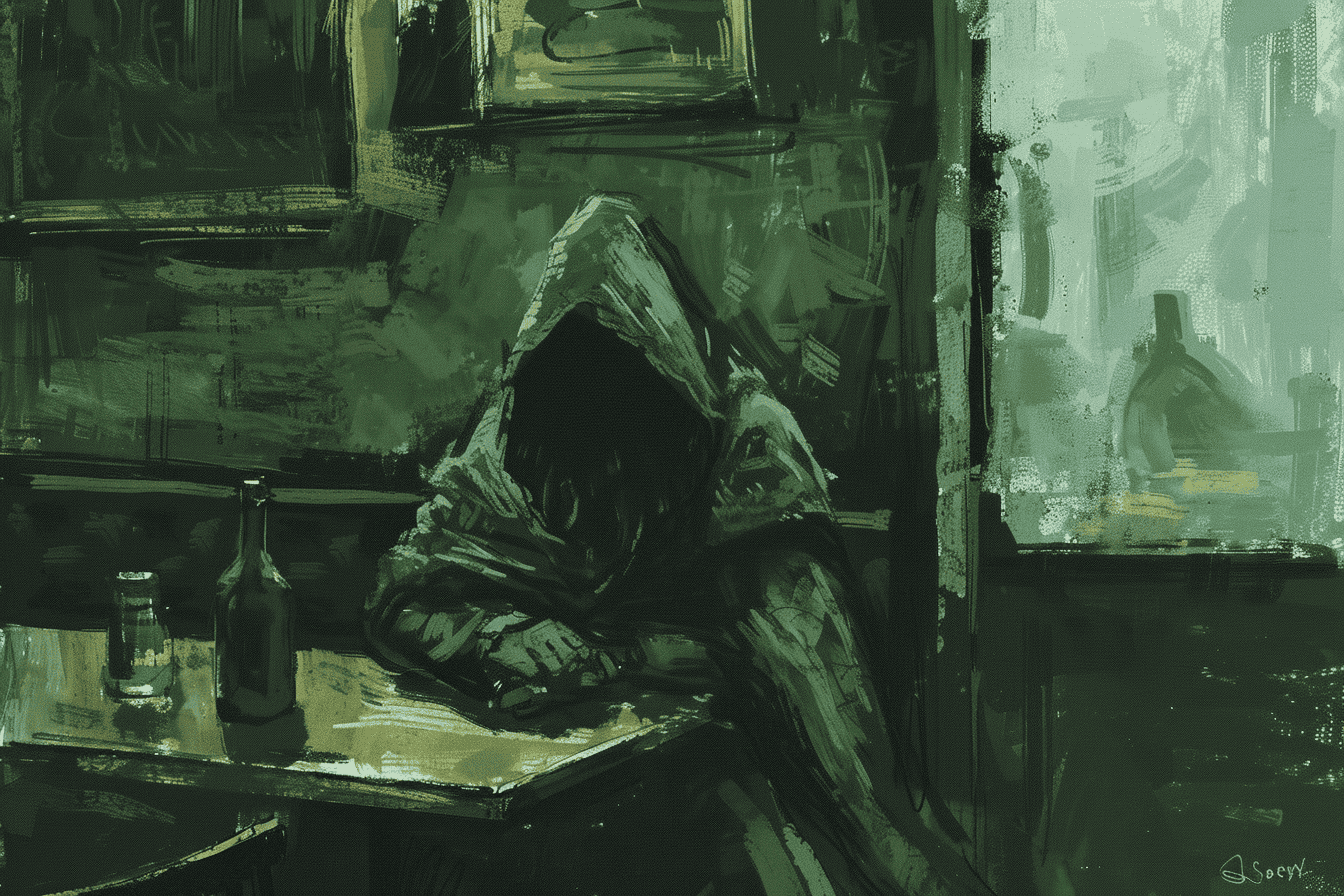
4. Character Development
Character development is a crucial aspect of storytelling. By creating well-rounded and believable characters, you can engage your readers and make your story more impactful.
How to build strong, exciting characters?
- Give Your Characters Clear Goals: What do they want to achieve? What motivates them? What are they willing to sacrifice to reach their goals?
- Create Significant Obstacles: What challenges stand in their way? How do these obstacles test their limits and force them to grow?
- Internal and External Conflicts: Explore both their inner struggles and outer conflicts. How do their internal conflicts affect their external actions? How do external challenges force them to confront their inner demons?
- Relatable Flaws: Make your characters human by giving them realistic flaws. These flaws can make them more relatable and sympathetic.
- Redemption Arcs: Show how characters can overcome their flaws and grow. A character who learns from their mistakes and becomes a better person can be a powerful and inspiring story.
- Dynamic Interactions: Create relationships that are complex and evolve over time. How do characters influence each other? How do their relationships change as the story progresses?
- Character Dynamics: How do characters play off each other? Do they have conflicting goals or shared interests? How do they challenge and support each other?
When to Use the 3-Act Structure
It’s not always the question of how but when.
The three-act structure is a versatile framework that can be applied to a wide range of storytelling formats. Let’s take a look at some of the formats where it works particularly well:
Linear Narrative Stories
- Novels: The three-act structure provides a clear framework for structuring a novel, ensuring a balanced plot and character development.
- Screenplays: This structure is widely used in screenwriting, as it helps to maintain audience engagement and pacing.
- Short Stories: Even in shorter formats, the three-act structure can provide a solid foundation for crafting a cohesive and satisfying narrative.
Video Games
- Single-Player Games: The three-act structure can be used to design the main story, with each act introducing new challenges, twists, and character developments.
- Interactive Stories: While interactive narratives may deviate from a strict linear structure, the three-act framework can still be used to guide the overall plot and character arcs.
Other Creative Media
- Comic Books: The three-act structure can be used to plan out story arcs and character development in comic book series.
- Podcasts: Serialized podcasts can benefit from a three-act structure, with each season or arc following a distinct narrative arc.
- Web Series: Web series often use the three-act structure to break down seasons or episodes into distinct story arcs.
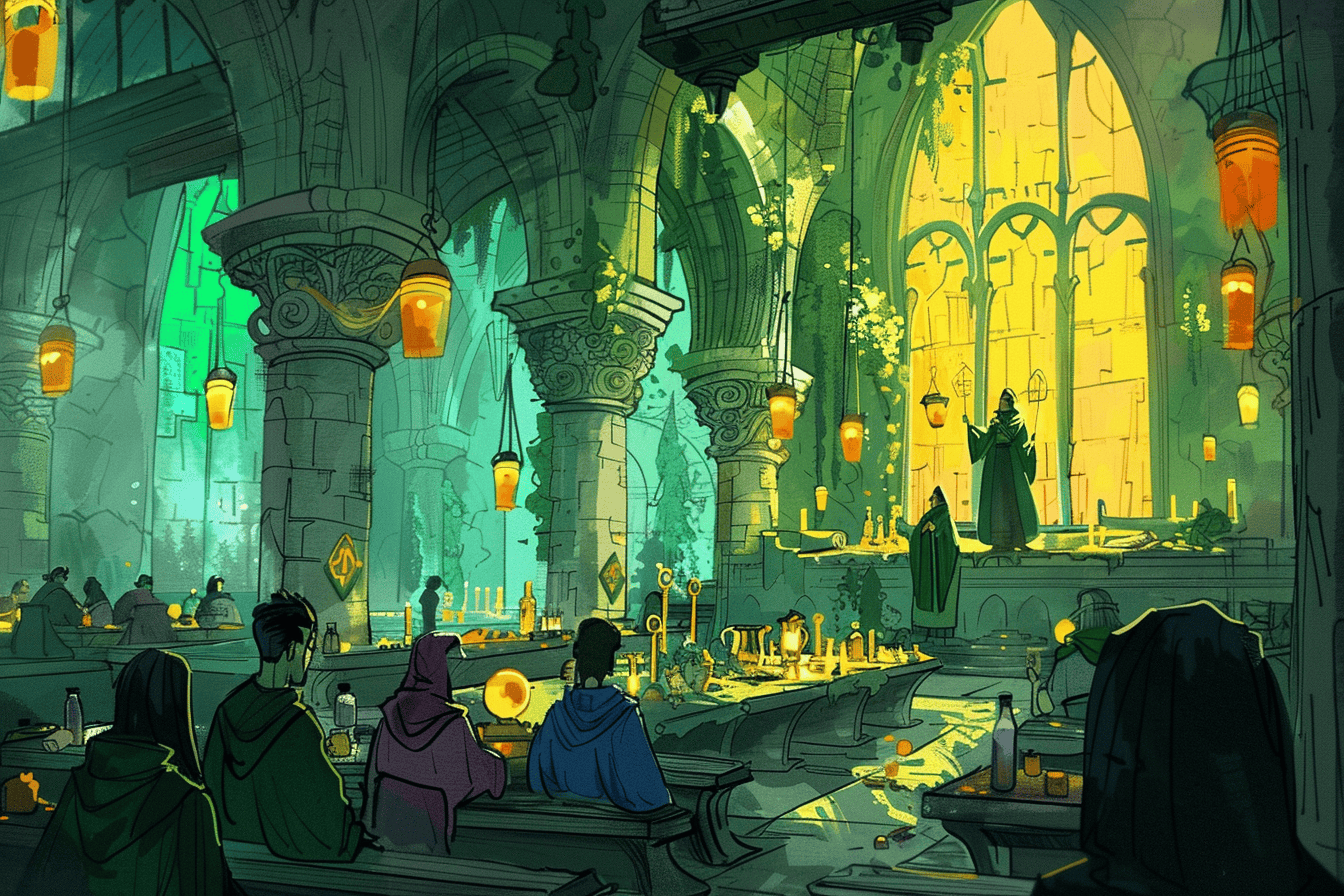
However, it’s important to note that not all stories fit perfectly into a three-act structure. Some stories may benefit from a more flexible approach, such as a cyclical or episodic structure. Ultimately, the best structure for your story will depend on your specific goals and the nature of your narrative.
Our best tip? Let your story decide what it wants to be. Use this blueprint to support your ideas, not to trap them in a mold. The more experience you have as a writer, the easier it will become to decipher whether this particular story structure is what you should follow.
Final Thoughts
This is where we leave you to start creating your own worlds. As always, we recommend checking our library of fantastic resources for book writing and publishing. At Voxtury’s blog, you’ll learn everything from how to construct your manuscript to how to find a literary agent.